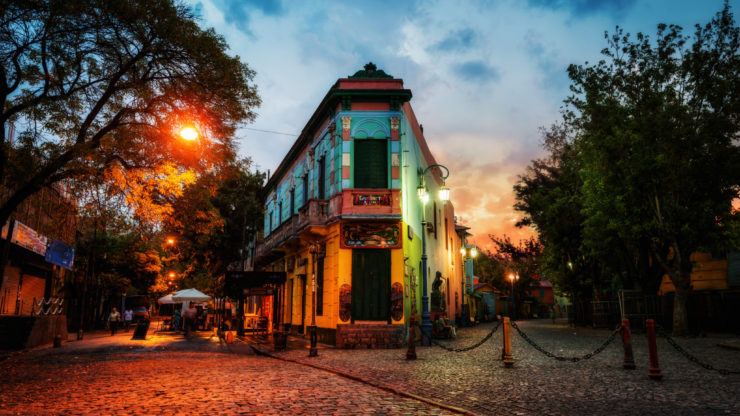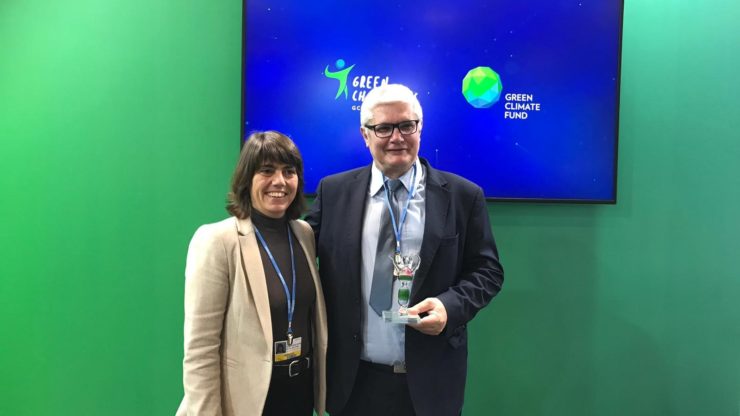Energy efficient LED street lighting is being installed in 9 municipalities across Argentina, in a both climate and budget friendly series of green investments.
The LED lights have been purchased through a trust fund, where several municipalities can bundle purchases of green technology, an approach recently called economically and environmentally “highly favourable” in an expert evaluation.
The fund is a key pillar of a new innovative financing model for bundling energy efficient investments developed in collaboration with UNEP Copenhagen Climate Centre.
“The bundling model is a big advantage for small and medium sized municipalities. Alone they are very small players, making it hard to find financing and to get favourable technology prices. But when they get together and do bulk procurement, they become much more attractive to suppliers with better unit prices through economies of scale,” says Gabriela Dias, Head of Business Models and Markets at UNEP Copenhagen Climate Centre.
Highly favourable investment model
The 9 municipalities are part of the Argentinean Network of Municipalities Against Climate Change (RAMCC), a long-time partner of UNEP Copenhagen Climate Centre. The network established the trust fund to manage the bundling of projects with the assistance of UNEP Copenhagen Climate Centre experts in December 2018.
“RAMCC has been working for over ten years on climate action in Argentinian local governments, and now it is time for implementation. For this, we need to support municipalities to develop innovative financial mechanisms. The RAMCC trust fund is the first global trust fund for climate action managed by local governments that provides municipalities with the financial backing and transparency needed. Thanks to support by the Copenhagen Centre on Energy Efficiency for developing this bundling business model, and conducting pre-feasibility studies, we were able to run the first collective purchase of LED lights through the RAMCC trust fund, showing concrete results in Argentina.”
– Ricardo Bertolino, Executive Director RAMCC
As the first investment has come through the trust fund, economist, Ain Mora, a professor of Economics, Environment and Society from the National University of Rosario has carried out an evaluation of the setup.
Looking at both economic savings and emissions reductions, the conclusion is that on both levels, the financing model is highly favourable for the municipalities.
“This shows that the implementation of programs against climate change at the local level can be effective if there are adequate financial tools and economic, technical and political collaboration between the municipalities, a Secretariat Executive such as RAMCC and national and international organizations that provide technical advice on projects,” the evaluation states.
40% more LEDs
In the fall of 2020, the first nine municipalities in RAMCC purchased LEDs for improved street lighting through the new foundation. Based on their positive experiences, the 12 municipalities have now joined them, and the second round of energy efficient lamps are now on its way.
In fact, using the financing model, the initial 9 municipalities managed to buy 40% more LEDs than first expected, because the project bundling approach created a good scale of supply that allowed for attractive prices, in contrast to purchasing small quantities on an individual basis.
The fact that the finance model makes green investments attractive to smaller municipalities is an important step in the right direction, when it comes to leveraging climate action on all levels, according to Gabriela Dias.
“The model makes energy efficiency investments good for municipal budgets and helps implement green solutions that impact millions of people’s everyday life and improves the global climate,” she says.


